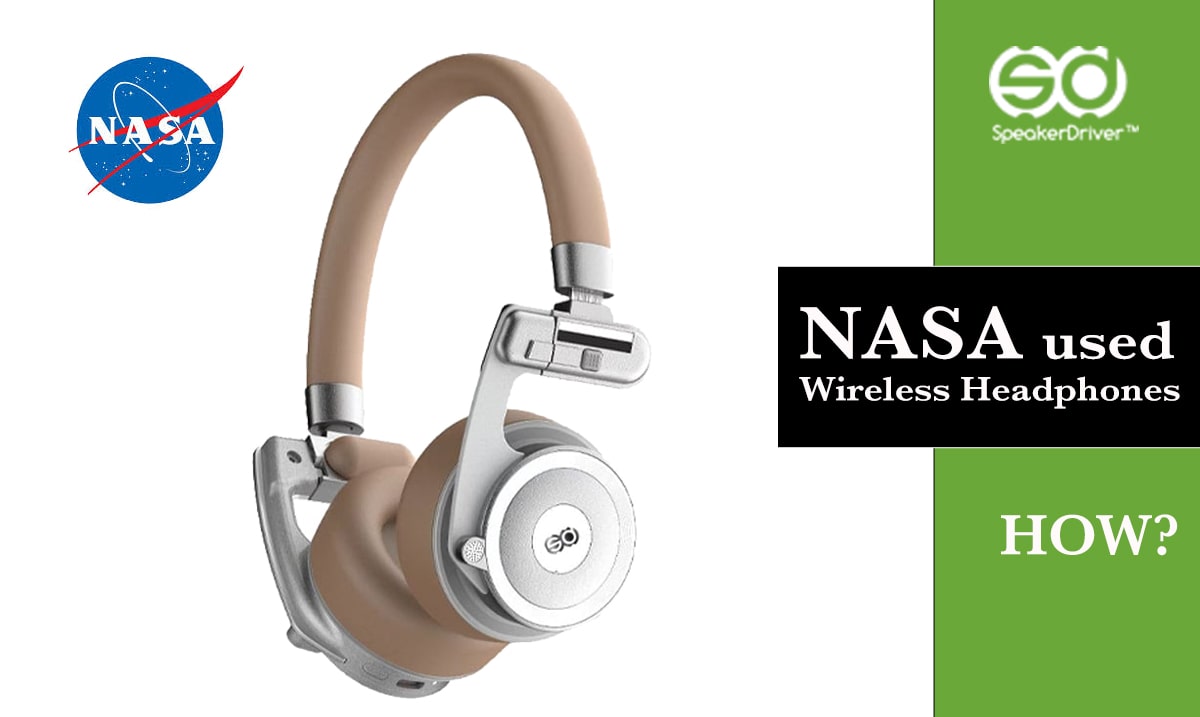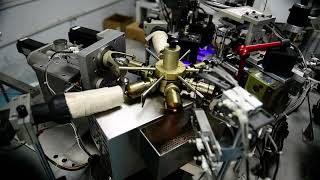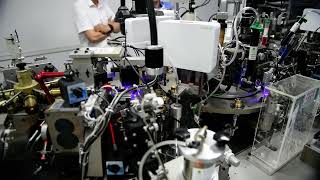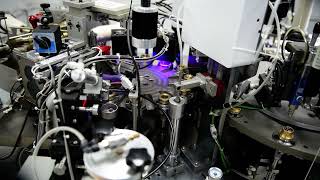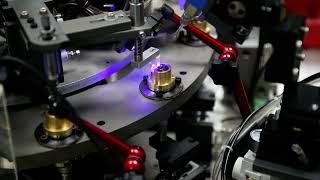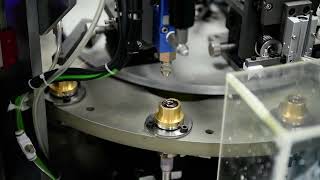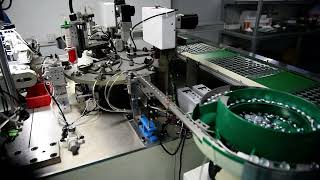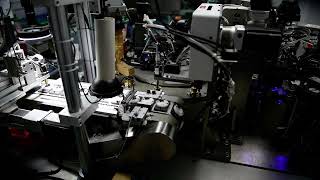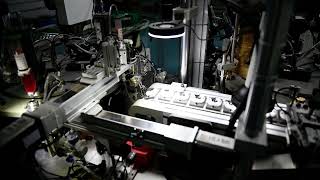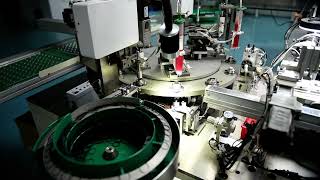How Did NASA Use Wireless Headphones?
Did you know the modern wireless headphones we use today are rooted in space innovation? When NASA engineers sought lightweight, reliable communication gear for astronauts in the 1960s, they partnered with aerospace audio specialists to develop early wireless headsets. These breakthroughs eventually led to the wireless audio systems we use daily. [oai_citation:0‡tech.hindustantimes.com](https://tech.hindustantimes.com/tech/news/wow-5-tech-products-you-had-no-idea-were-invented-by-nasa-phone-camera-to-mouse-check-list-71676959551086.html?utm_source=chatgpt.com)
NASA’s Space-Grade Audio Needs
- Emergency Radio Communications: After the Liberty Bell 7 mission nearly failed due to radio outage, NASA sought wireless headsets for astronaut safety and hands-free communication.
- Mercury & Apollo Missions: Astronaut Wally Schirra commissioned Plantronics (then Pacific Plantronics) to design a rugged wireless headset with redundant transducers for mission-critical communication. The MS‑50 became NASA’s go‑to headset.
- From Space to Consumer: Innovations in headset tech for pilots and astronauts gradually influenced mainstream wireless headphones in the 2000s.
Wireless Headphones: A Direct Spin-Off from NASA
According to NASA, these audio innovations, which started for astronaut and pilot use, directly led to today’s wireless consumer headsets. From hardware reliability to noise-proof communication, the space-derived headset tech set the standard.
Our Space-Inspired Wireless Headphone Lineup
“From spaceship to smartphone – wireless headset innovation first proved itself in space.”
